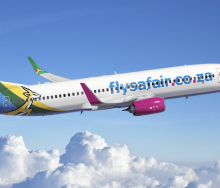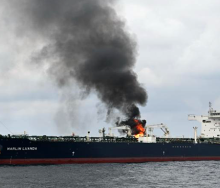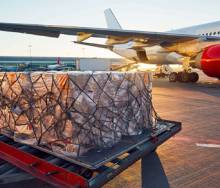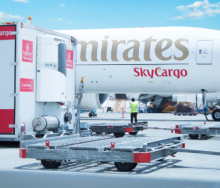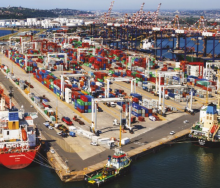Sailings to Africa and intra-trade lanes serving multiple Asian countries are the biggest losers in growing competition for market share on lucrative routes into developed markets, Alphaliner has reported.
Latest data from the ocean cargo consultant points to intra-Asian trade recording a shift of 11% away from the multiple services connecting countries on the continent’s vast coastline.
Closer inspection reveals that this amounts to a loss of some 331 000 slots.
Africa is not doing much better, having seen a decrease of 1.6 million TEUs moved between the continent, Asia, Europe and the US.
According to chartered shipbroker, Mike Wackett, this equates to a 6% dip in ocean freight to and from Africa.
He says, “Brokers suggest operators of African liner services are struggling to hold on to even their traditional geared tonnage, against hugely inflated offers to owners for long-term charters or cash purchase by major ocean carriers.”
Intra-European trade also recorded losses through capacity shifting elsewhere – down 48 200 TEUs or 4.5%.
The imbalance of global cargo movement and liner services come despite an increase of 4.5% in containerised fleet capacity last year.
However, most of the additional 24.97 million TEUs that can now be moved at sea, including a sizeable swathe of capacity prior to last year’s surge, has been shifted to Transpacific and Asia-Europe trade lanes.
Even Latin American lanes recorded an uptick of carriers willing to absorb demand.
However, the latter’s liner service increase of 6% pales in comparison to what Alphaliner is seeing on Transpacific trade.
The capacity leap on lanes between eastern Asia and the US west coast has increased by 1.3 million TEUs last year alone, amounting to a 31% increase in slots compared with 2020.
Wackett says at least half the additional capacity was necessitated by Asian supply outstripping throughput efficiencies along America’s west coast, causing massive bottlenecking outside the ports of Long Beach and Los Angeles.
Asia-Europe trade also sucked up growth, absorbing 10% of added sea freight capacity in 2021.
SOURCE: The Loadstar

